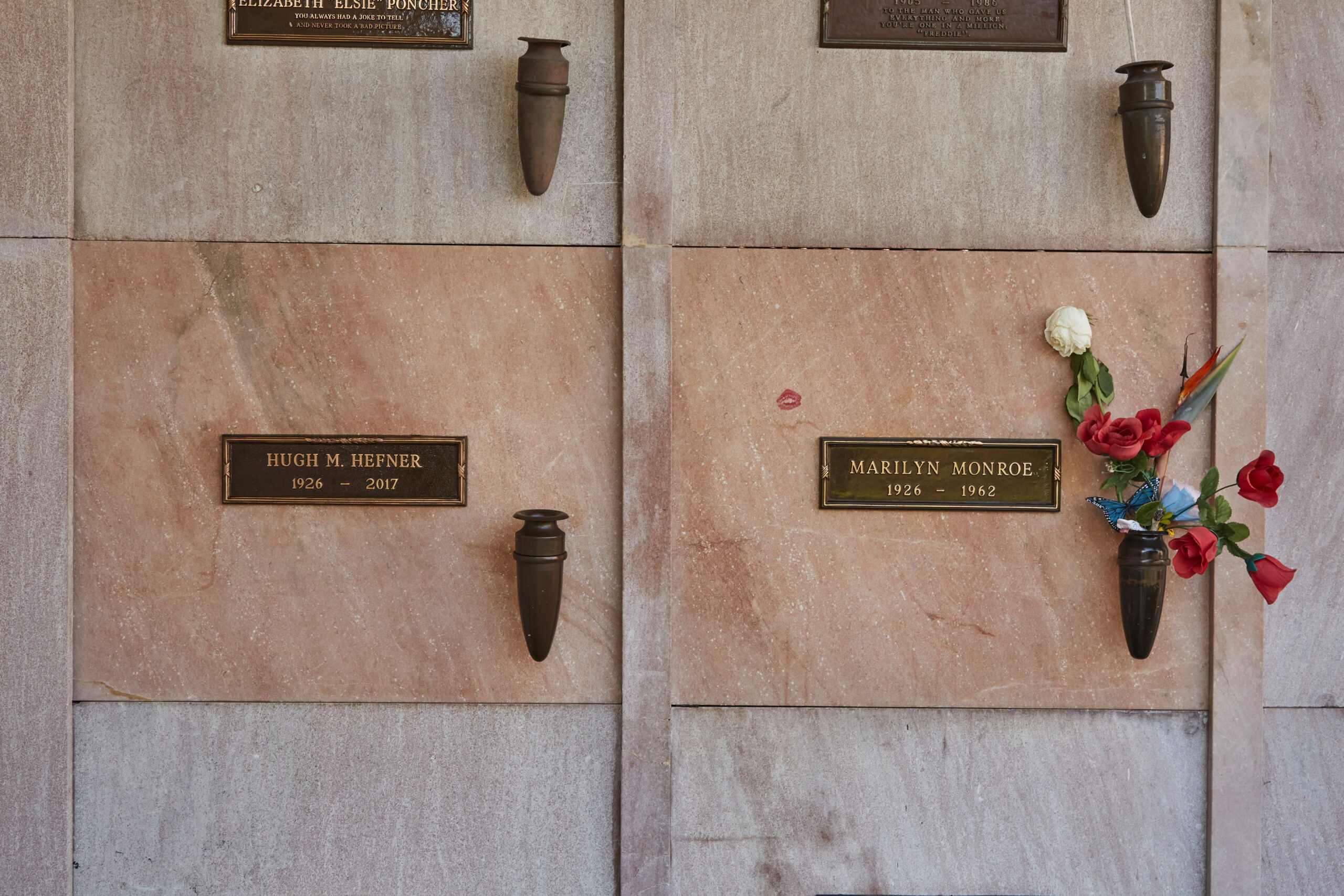By McKenzie Jackson | California Black Media
On a sunny December morning in Inglewood, Center Park was bustling. Among the people enjoying one of the city’s smaller green spaces, were two women on a Zoom call sitting at a picnic table.
“It’s really upkept, quite secluded,” one of the women said, appreciating the park.
“I’ve seen people mingle. I’ve seen soccer practices,” she added.
Just as the parkgoers in Inglewood cherish their outdoor public recreational facilities, these spaces are valued assets within communities and their proximity can influence real estate prices.
However, some advocates say the state is not developing and maintaining community recreational facilities equally. They point out that green spaces in neighborhoods where Black Californians live remain underfunded even though the state has invested billions of dollars over the last decade-and-a-half to improve them.
“They need to have a system to get money to the Black communities,” said Danny J. Bakewell, Sr., a Los Angeles-based businessman, civil rights activist, and philanthropist.
“They will tell you they have a system to make sure it’s not unfair, but the way they do the funding is not fair,” continued Bakewell, the only Black member of the California State Park and Recreation Commission. “Black people are not getting that money.”
Bakewell has expressed concerns the scoring system employed by the California Department of Parks and Recreation’s Statewide Park Development and Community Revitalization Program (SPP) to determine how funds are distributed does not benefit African American cities and neighborhoods.
Defending its operations and application process, the SPP says giving all Golden State residents — especially those living in disadvantaged areas — access to open outdoor spaces is its main goal.
State Parks Deputy Director for Community Engagement Sedrick Mitchell said SPP has, “placed green spaces in places where they weren’t before.”
SPP’s grants initiative, according to Mitchell, is the largest parks-related program in California history. It has funded $1.16 billion in construction, expansion, or renovation of 299 parks since 2009.
Center Park in Inglewood is one of 120 expanded or renovated parks. The park’s $2.7 million revitalization was completed in the early 2010s.
.
SPP was created by Assembly Bill 31 in 2008, which included among its co-authors former California Black Legislative Caucus Assemblymembers Karen Bass (D – Ladera Heights), Curren Price (D – Inglewood) and Sandré Swanson (D-Oakland). Legislative actions have funded the program since.
The state park’s office of Grants and Local Services received $7.69 billion in park project requests from local jurisdictions, nonprofit groups, and other entities in SPP’s first four rounds. Over $6 billion of the projects went unfunded.
Applications are evaluated in a competitive process. Project approval is determined by a scoring system that awards a maximum of 100 points.
SPP says, the main qualifying criterion for funding is the ratio of park acreage per 1,000 residents living near the park, the median household income of those residents, and the number of residents living below the poverty line.
“If you have zero acres, you are likely to get the most points,” Mitchell explained. “If you have two acres, you are going to get less. The law requires us to look at two things — acres per 1,000 and income,”
Bakewell, who has been a parks commissioner for two years, said Seaside, a small city on the southern tip of Monterey Bay with a Black mayor and a significant Black population, per capita, should have received SPP funds to revitalize three parks.
The three parks are Stuart Park, Havana Soliz Park, and Lincoln Cunningham Park. All of them are in desperate need of revitalization, said Bakewell.
Seaside Recreation Services Director Dan Meewis said the decades-old parks are connected by deteriorating sidewalks that are walking paths for many grade school students.
“It’s a centralized hub for kids from a variety of neighborhoods,” he explained. “The walking trails
throughout the parks are horrendous, tripping hazards. We have a lot of elderly individuals that would utilize those parks to walk, but they feel they can’t use their walkers or canes.”
The city’s two applications for SPP funding, the latest in 2021, were denied.
Although Bakewell and Meewis felt Seaside’s applications fulfilled the funding criteria, Mitchell maintained they did not.
The only park Seaside listed on their applications was near, but not located in a severely disadvantaged area, said Mitchell.
Seaside’s proposals also did not show how citizens engaged in the brainstorming of how funding would be used.
Additionally, Mitchell says, state legislation directed the Parks’ initiative to prioritize funding for the creation of new parks over rehabilitations.
Mitchell and his staff met with Bakewell, Meewis, and Seaside Mayor Ian Oglesby to review the city’s denied proposals. Meews said the meeting was beneficial.
However, he wished Seaside would have received guidance on how to improve their bid before their second application was rejected.
“We don’t have a lot of the dollars the bigger cities have, so we really needed that funding,” he said.
Oglesby was frustrated with the process.
“Every time we went for it, they said we don’t have enough points to receive the grants,” he noted. “The criteria seemed to change every year. I’m not saying that as a complaint. I’m talking facts.”
Mitchell said an area’s racial or ethnic makeup plays no part in how SPP monies are dispersed. He said $150 million has been awarded to communities with large African American populations.
SPP’s fourth round of funding, which began in late 2021, awarded $548.3 million to 112 projects. Parks received $2.42 billion in grants and $1.87 billion in requests were denied.
In late December, SPP announced an additional $41.9 million in grants provided by the 2023-24 state budget would be directed to eight projects, including a $936,060
renovation of Zela Davis Park in Hawthorne and a $7 million renovation of Van Buskirk Park in Stockton. The residents around both parks are a majority African American and Latino.
SPP’s fifth round has been postponed.
Bakewell wants to do more but said the commission he serves on doesn’t have a say in which projects are funded.
“The system does not give the board any type of discretion on making sure money gets to the right place,” said Bakewell. “It has such an inequity that it is paralyzing. Black communities at a minimum need stellar parks and recreation.”
 Westside Story Newspaper – Online The News of The Empire – Sharing the Quest for Excellence
Westside Story Newspaper – Online The News of The Empire – Sharing the Quest for Excellence

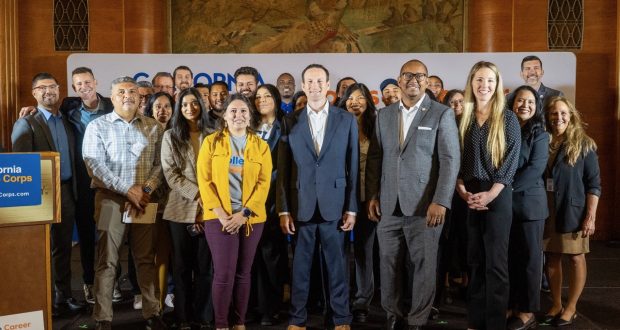
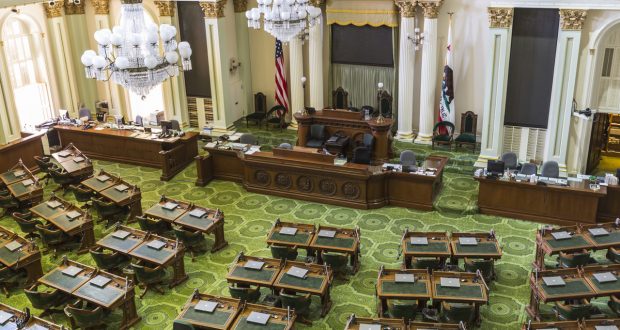
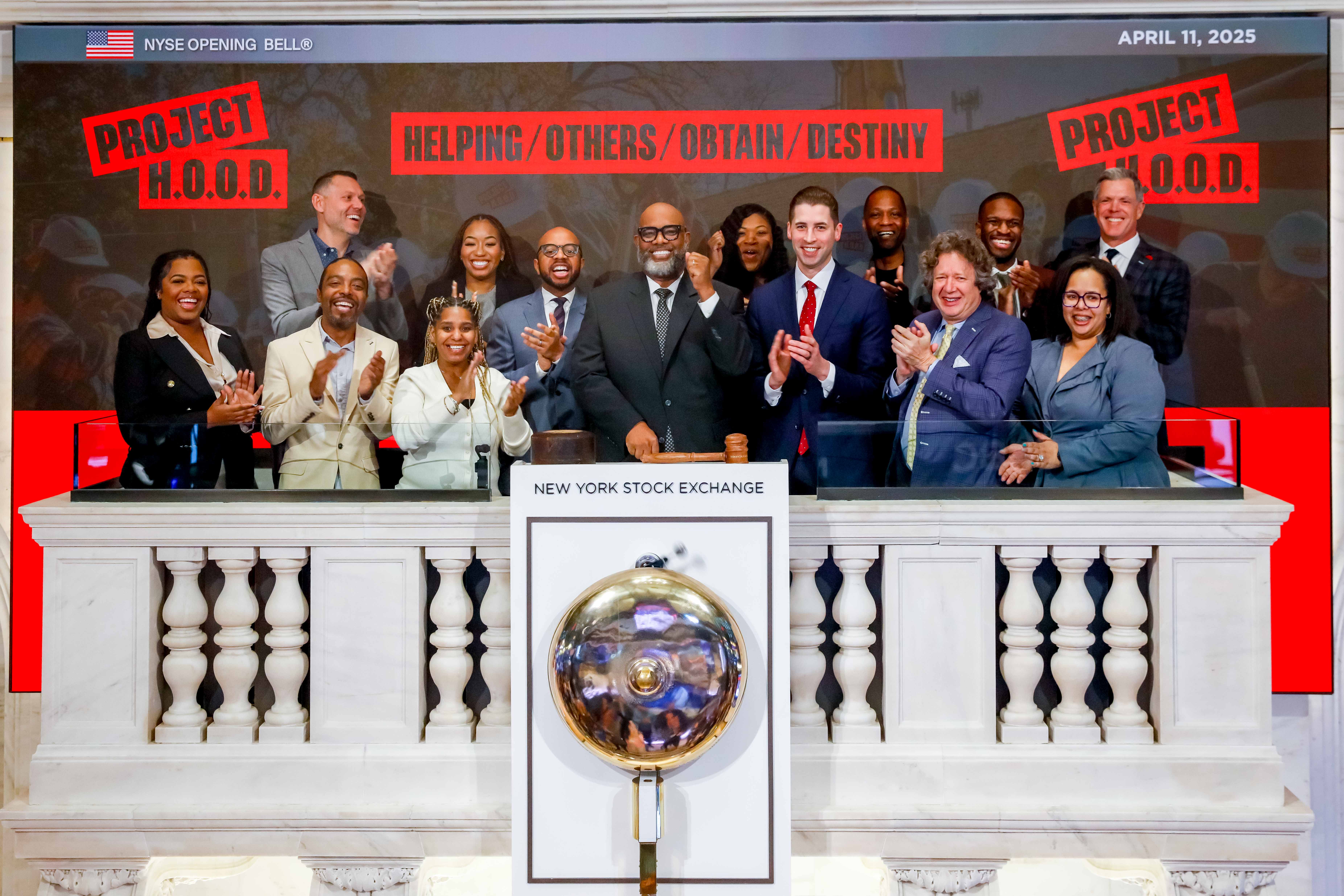

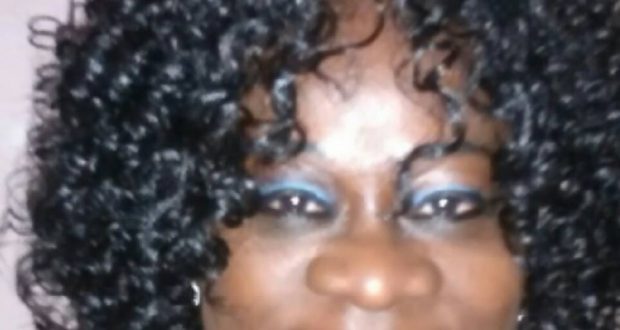
 A portrait of Lord Byron. SWNS.
A portrait of Lord Byron. SWNS.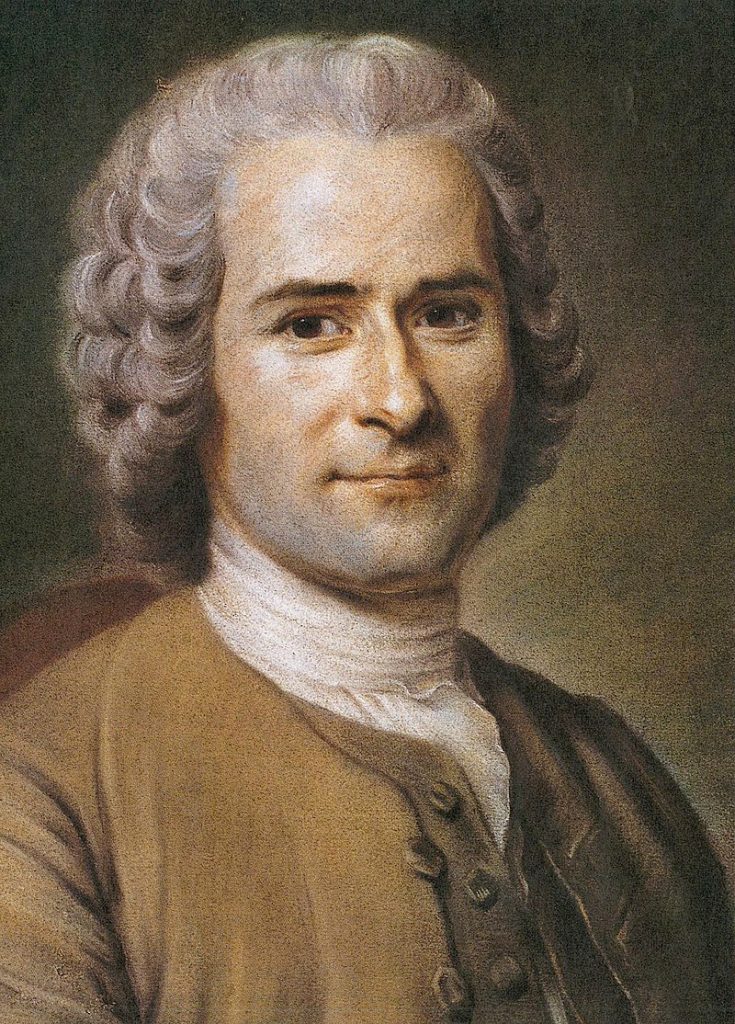
 The letter from Jean Jacques Rousseau. CHORLEY’S VIA SWNS.
The letter from Jean Jacques Rousseau. CHORLEY’S VIA SWNS.
